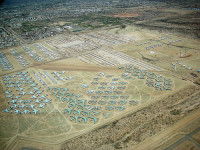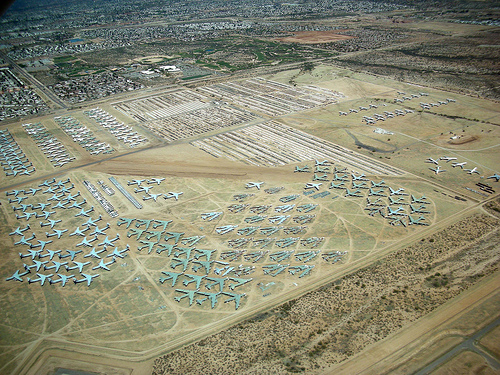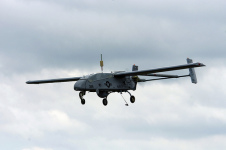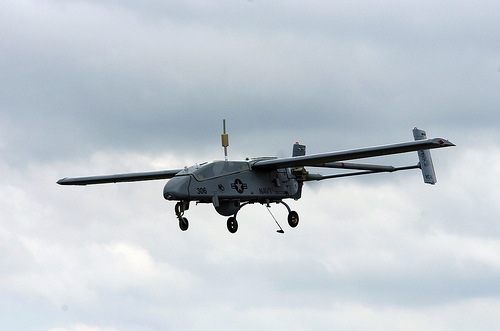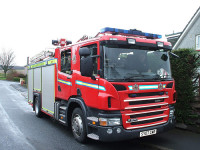
These fire engines are all ‘Russian’ around.
- A fire engine is an automobile dispatched and used by an emergency department, in particular the fire brigade, primarily to put out fires.
- ‘Fire engines’ are also known as ‘fire trucks’, ‘fire wagons’, ‘fire apparatuses’ and ‘fire appliances’.
- Fire engines are typically used to transfer fire fighters and their equipment – ladders, hoses, first-aid supplies, rescue equipment and breathing tanks among other things – from the station to the emergency site.
- Flashing lights and loud sirens are generally found on a fire engine, and these help to make its presence known, so that other vehicles move out of its way during an emergency.
- Long extendable ladders are generally found on fire engines, to provide a fire fighter with extra height, and they often have hoses attached.
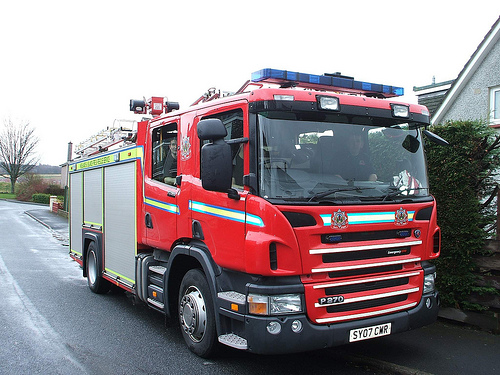 Fire Engine
Fire Engine
Image courtesy of Dave Conner/Flickr
- Most fire engines are trucks designed for urban use, however some apparatuses are designed specifically for marine, rural and airport purposes.
- Fire engines generally carry from around 1000 to 3785 litres (264 to 1000 gallons) of water, although some hold less, while others hold more; however the majority of water that urban trucks use is sourced from a hydrant.
- A fire engine can be expensive to produce, with commercial pricing ranging from $350,000 to $1.5 million or more, depending on the purposes and features.
- Greek inventor Ctesibius is said to have invented one of the earliest forms of a fire engine in the third century BC, though buckets of water were commonly used to fight fires in the middle ages; and from the 1600s, fire trucks of various kinds were invented, and by the 1800s, a pressure steam pump had been invented and was drawn by horses for fire use.
- Fire engines are commonly coloured red, and this is generally attributed to the colour’s bright nature, which makes the truck stand out among other vehicles.
Bibliography:
Bett D, Fire Engine, 1996, Encyclopedia.com, http://www.encyclopedia.com/topic/Fire_Engine.aspx
Fire Engine, 2016, Wikipedia, https://en.wikipedia.org/wiki/Fire_engine
Fire Truck History, n.d, Auto Evolution, http://www.autoevolution.com/news/fire-truck-history-7249.html
Revermann S, Fun Facts for Kids about Fire Trucks, 2016, Modern Mom, http://motherhood.modernmom.com/fun-kids-fire-trucks-16855.html
Why Are Fire Trucks Red?, 2016, Wonderopolis, http://wonderopolis.org/wonder/why-are-fire-trucks-red
Young C, Fires, Fire Engines, and Fire Brigades, 1866, Google Books, https://books.google.com.au/books?id=YblbAAAAcAAJ&pg=PA66&lpg=PA66&dq=ptolemy+fire+engine&source=bl&ots=QruKyXMSvl&sig=jr4fVFH4rjn_Ltgt2IKqipPeo3E&hl=en&sa=X&ved=0ahUKEwjk8oazi9nLAhXjtIMKHS4DBY8Q6AEIODAI#v=onepage&q&f=false









